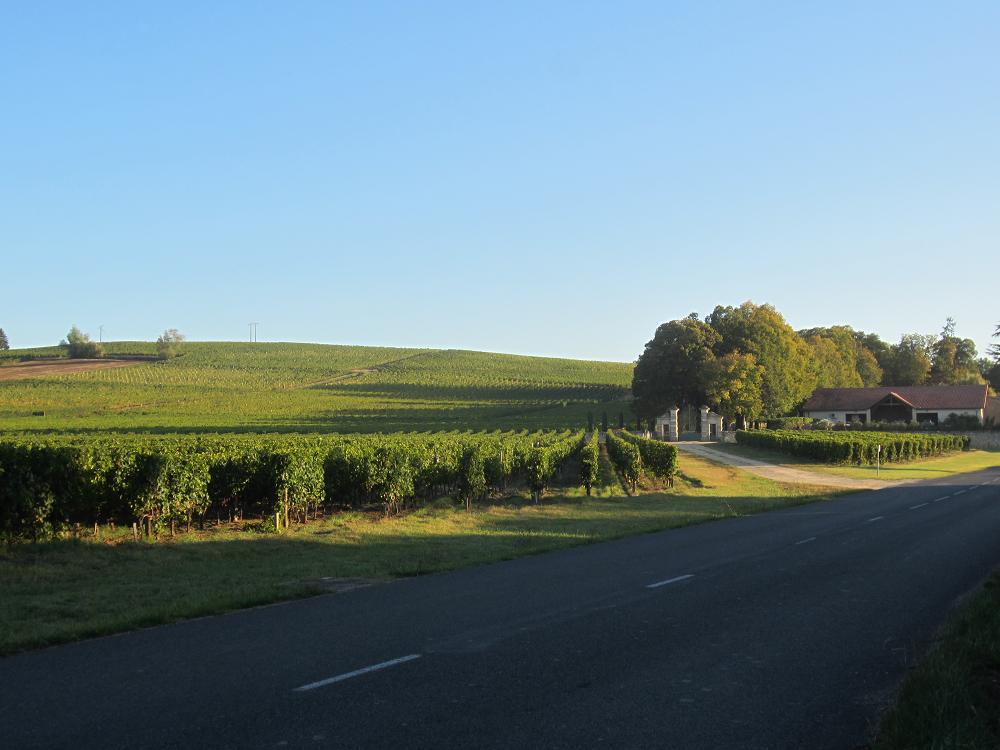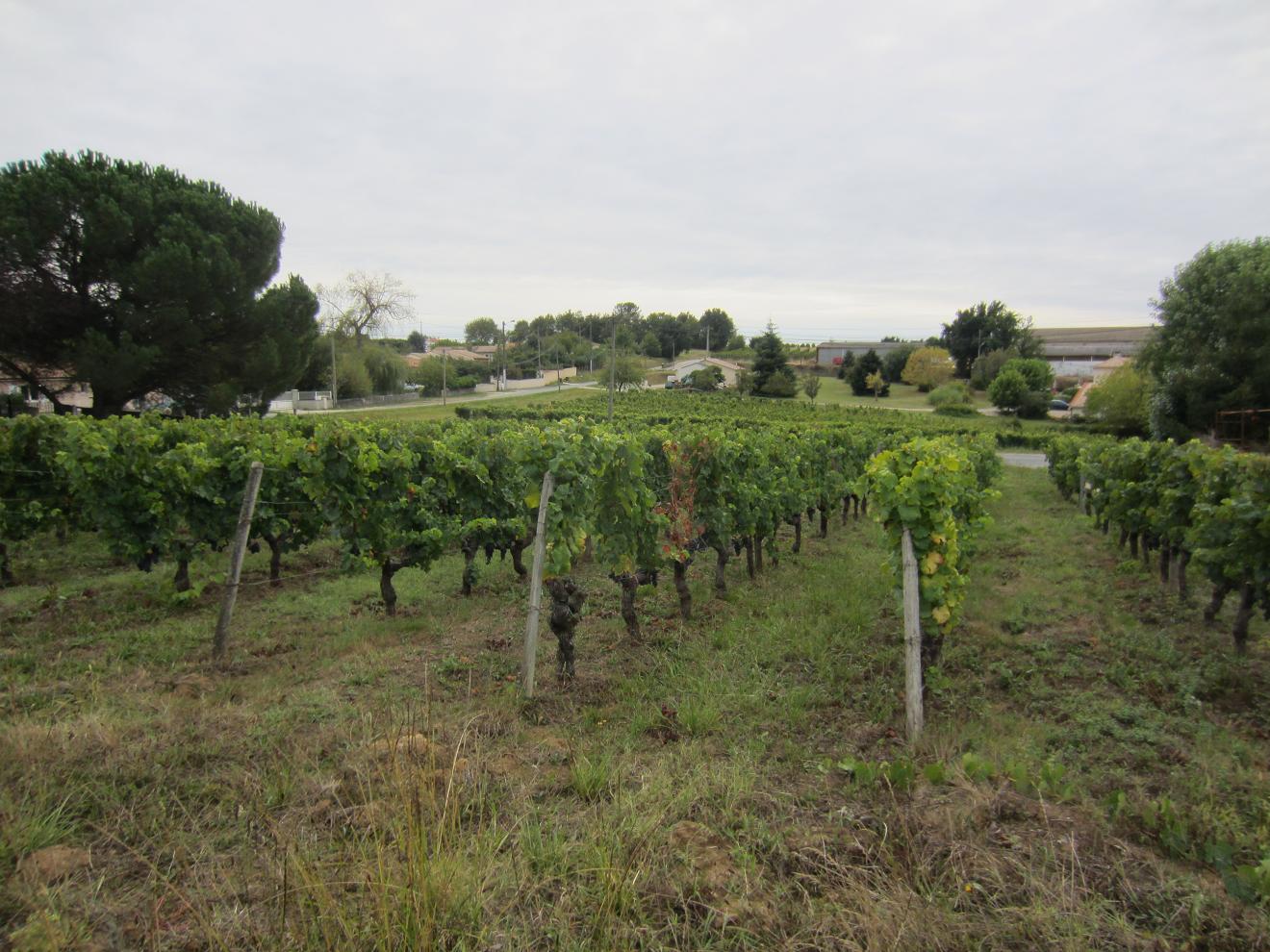I just couldn’t stop myself writing about this topic as it is possibly the most misunderstood and misused word or excuse in the wine world. I can’t believe the number of times that I have heard the word “terroir” used to justify why certain (usually French) wines are so good in comparison to other parts of the world (and France!) as if “terroir” was a magic secret winemaking ingredient. In reality, everyone anywhere who grows something on the land has a unique terroir….let me explain.
Terroir is the unique combination of three factors:
Climate (micro and macro)
Geology (different soil types)
Topography (geography, location, land aspect)
Every piece of land on the planet has a unique terroir. Every back garden vegetable patch has a unique terroir. One terroir is no better than any other except in how it is used and adapted for whichever form of agriculture you choose in that particular location.
So in the case of the wine region of Bordeaux, over many centuries, the local factors that make up this unique terroir have been optimised through the selection of growing specific vine varieties which excel in that small area – it’s climate, soil and local geography. And to that extent, France is very fortunate in having a good number of excellent terroirs which are well suited for producing excellent wine.
[/fusion_builder_column][fusion_builder_column type=”1_1″ background_position=”left top” background_color=”” border_size=”” border_color=”” border_style=”solid” spacing=”yes” background_image=”” background_repeat=”no-repeat” padding=”” margin_top=”0px” margin_bottom=”0px” class=”” id=”” animation_type=”” animation_speed=”0.3″ animation_direction=”left” hide_on_mobile=”no” center_content=”no” min_height=”none”]But here is the important part! Not every wine produced in Bordeaux is good. In fact quite the opposite! It is therefore a question of how the vigneron works in harmony with the local terroir to obtain the best results in that specific location.
We talk a lot about the potential of Hourcat Centre as our future home of Merlot. Right bank Bordeaux clay soil is perfect for this grape variety. When combined with a south facing aspect, good drainage and a warm summer micro climate, that’s what makes a good terroir. But it will still be up to us to put it to good use and make great fruit and wine!! A good terroir does not automatically mean good wine![/fusion_builder_column][/fusion_builder_row][/fusion_builder_container]

